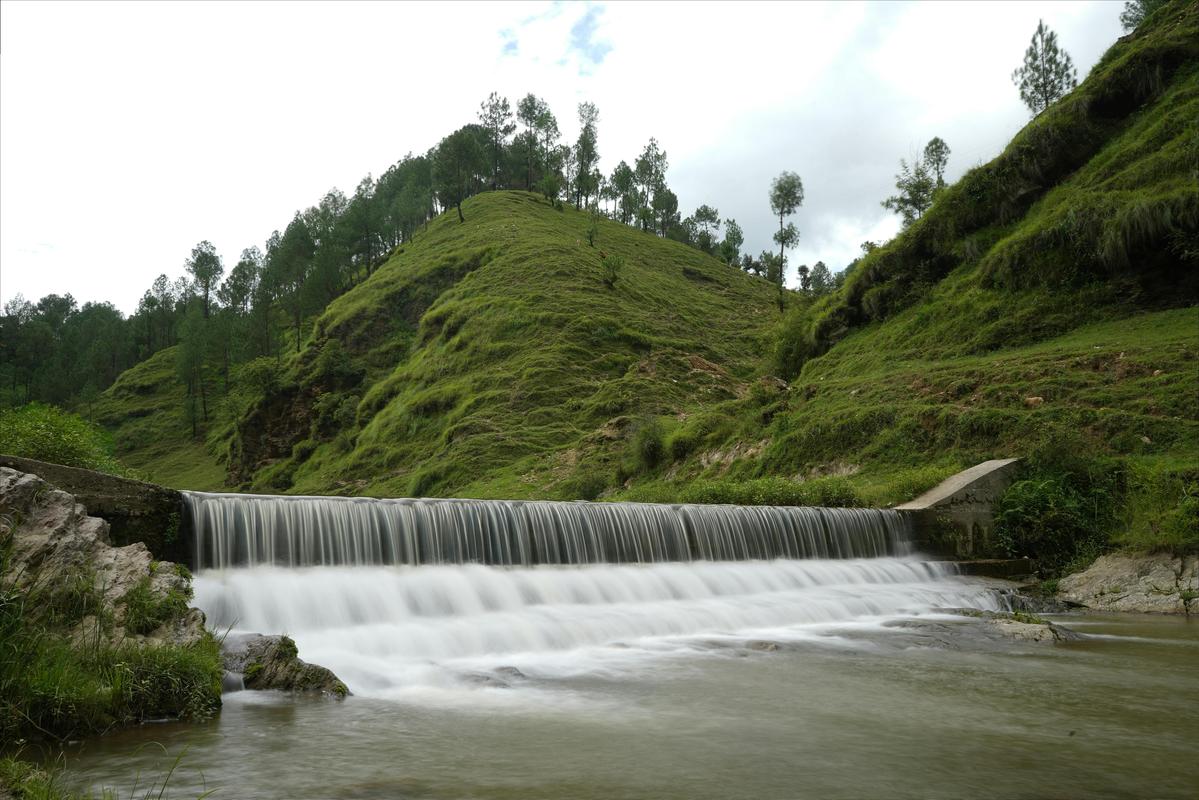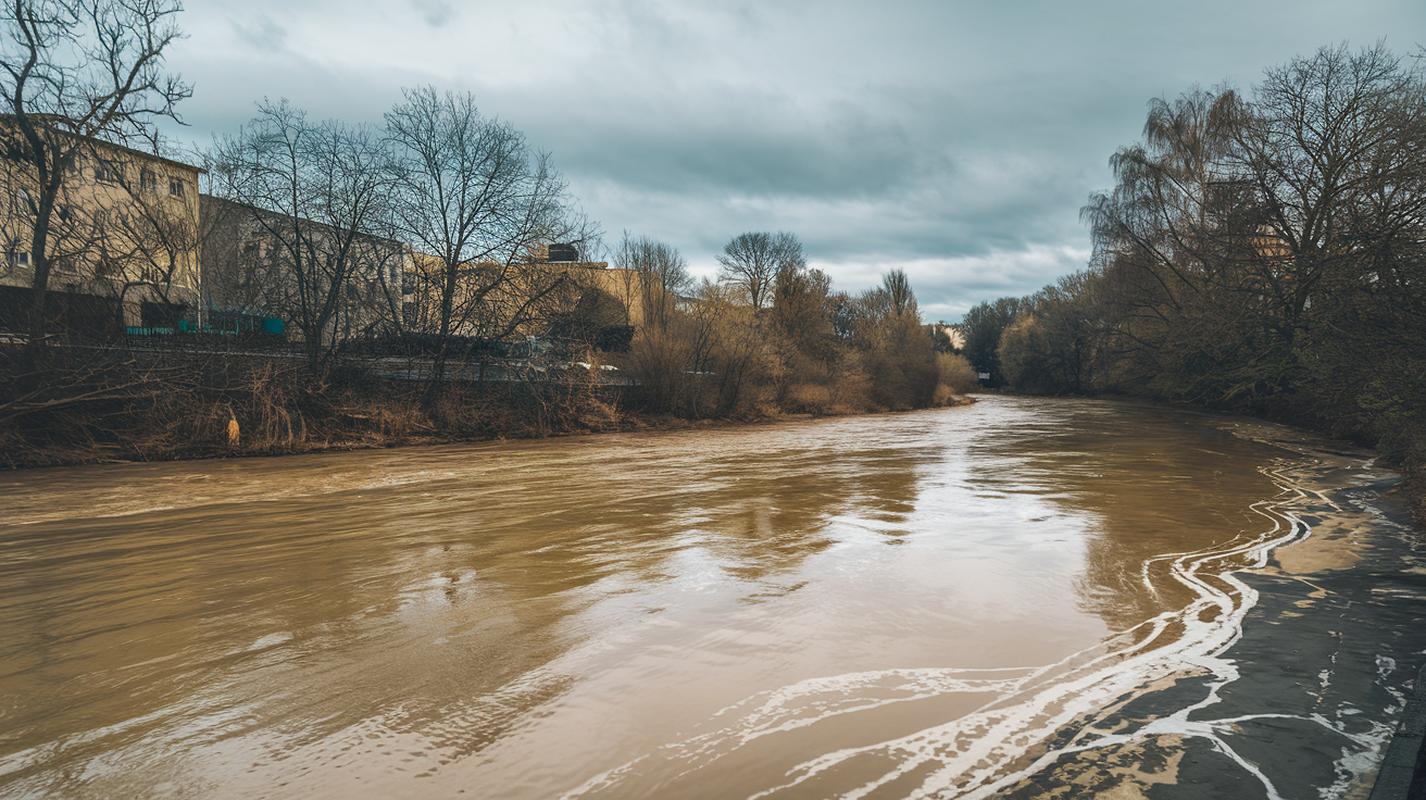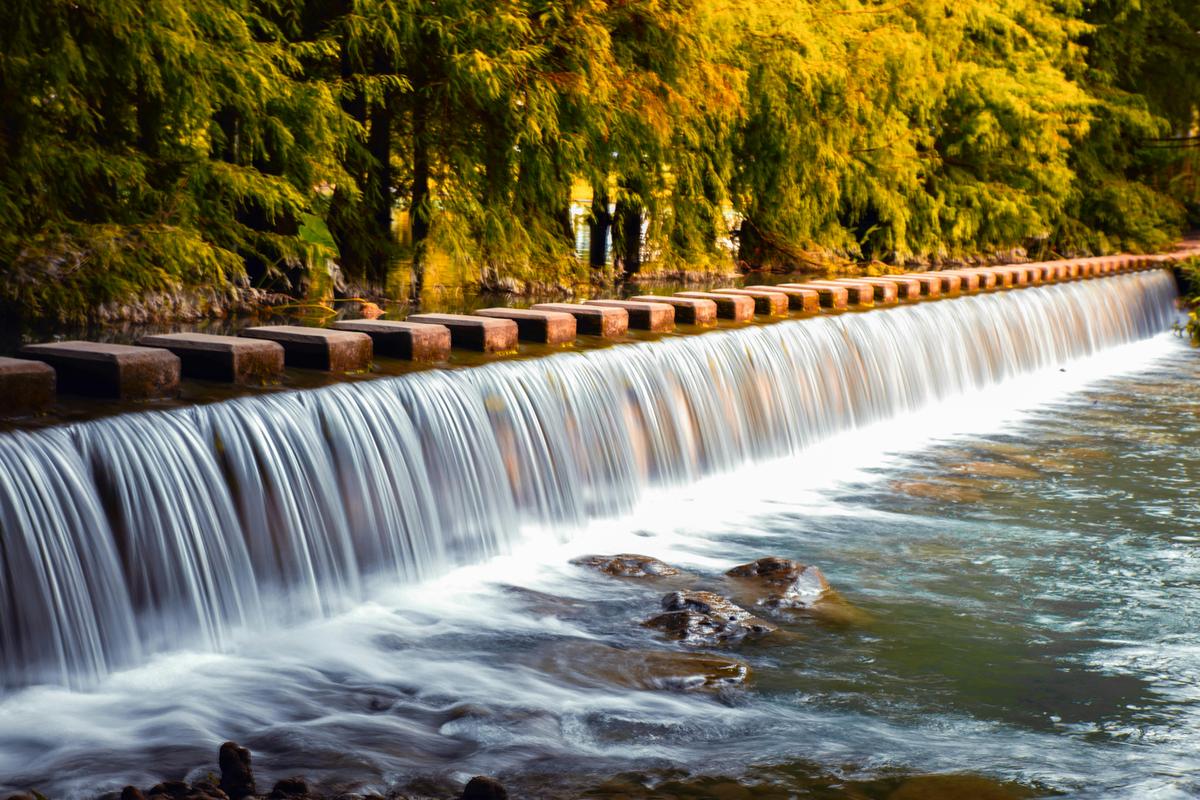What is Grey Water and Why Should You Care?
Greywater might not be a topic that gets a lot of attention, but it’s definitely worth looking into. This often-ignored household resource has the potential to change the way we use water, all while helping out our cities and the environment.
Contrary to what some people think, greywater - the water from sinks, showers, and washing machines - isn’t actually that dangerous. There haven’t been any reported cases of people getting sick from coming into contact with greywater in the United States. While untreated greywater can have bacteria and viruses, the risks are often exaggerated. Studies have shown that the presence of fecal coliform bacteria, which is a common sign of contamination, might not accurately show the actual levels of pathogens in greywater.
Using greywater has a lot of benefits. Homes that use greywater systems can save a lot of money on their water bills, which helps out the city’s water supply. This is especially important in areas that often have droughts, where every bit of water counts. Plus, diverting greywater from the sewer system eases the pressure on wastewater treatment plants, freeing up resources for other important needs.
Of course, it’s important to be careful when dealing with greywater. Strong chemicals, food scraps, and bad plumbing can all be risky if not handled properly. But with the right information and help, homeowners can safely add greywater systems to their homes, helping their gardens and lawns while saving precious freshwater resources.
As we deal with the effects of a changing climate and growing populations, it’s time to rethink how we use water. Greywater offers a practical, sustainable solution that lets individuals make a real impact. By embracing this often-ignored resource, we can create a more resilient, water-smart future - one home at a time. 1 2
 Photo by Sigurd Brown on Pexels
Photo by Sigurd Brown on Pexels
Is Grey Water Dangerous? Assessing the Risks
Greywater, the wastewater from sinks, showers, and washing machines, is often seen as a bit scary. But if we take a closer look, we can see that we can handle and treat greywater effectively.
Greywater can have different contaminants like chemicals, bacteria, and viruses. However, the amount of these pollutants can vary a lot depending on where the greywater comes from. “Light greywater” from bathrooms and laundry usually has fewer pathogens and chemicals compared to “dark greywater” from kitchen sinks and dishwashers.
To deal with these differences, authorities have come up with different ways to reuse greywater. Simple systems that use gravity can work for light greywater, while more complex setups with tanks and treatment parts are needed for darker sources or longer storage times. By using proper signs, valves, and regular maintenance, we can make sure that greywater doesn’t mix with drinking water and is used safely for things like watering plants.
Greywater, when handled responsibly, can be a great resource that helps save freshwater and encourages sustainable water practices.
While we can’t ignore the risks of greywater, we can reduce them by educating people, setting rules, and using the right systems. By understanding greywater better and following the guidelines, homeowners and communities can enjoy the benefits of this resource without harming public health or the environment. 3 4
 Photo by Yogendra Singh on Pexels
Photo by Yogendra Singh on Pexels
Health Implications of Using Grey Water: What You Need to Know
Greywater, the wastewater from sinks, showers, and washing machines, has great potential as a water-saving resource. Contrary to what many people think, this “used” water doesn’t have to be thrown away - with the right treatment, it can be safely reused for different household purposes.
Recent studies have shown that greywater from bathrooms and laundry can be used safely for flushing toilets, with a very low risk of infection. Even in the worst-case scenario, where all E. coli are assumed to be harmful, the risks of infection remain well below the safety limit.
When it comes to watering food crops, the risks are slightly higher but still acceptable for greywater from bathrooms and laundry. However, greywater from the kitchen may not be suitable due to higher levels of contaminants. Analyses have shown that the concentration of E. coli plays a crucial role in determining the overall risk, emphasizing the importance of proper treatment and monitoring.
- Greywater from bathrooms and laundry can be safely used for flushing toilets and watering food crops with minimal health risks.
- Kitchen greywater may not be suitable for watering food crops due to higher contaminant levels.
- Proper treatment and monitoring of E. coli concentration are essential for ensuring the safe use of greywater.
- Reusing greywater can significantly reduce household water usage and contribute to sustainable water management.
By understanding the health implications of greywater and taking appropriate safety measures, homeowners and communities can use this valuable resource to save water and reduce their environmental impact. With careful planning and responsible use, greywater can be a reliable, cost-effective, and eco-friendly solution for a more sustainable future. 5 6
Safety Measures for Handling Grey Water: Best Practices and Tips
Handling gray water responsibly is crucial for protecting both personal health and the environment. Gray water, which is the untreated wastewater from sinks, showers, and washing machines, can actually be quite useful. However, if not managed properly, it can pose significant risks.
On average, about a third of the water used in a household becomes gray water, totaling around 78 gallons per day. This provides an opportunity to reduce the demand for freshwater by using it for things like watering the lawn or garden. But it’s important to be aware that gray water may contain chemicals and bacteria that can be harmful if not handled carefully.
To start, it’s important to understand the risks associated with gray water. Storing it for more than a day can create conditions that allow harmful bacteria to grow. Direct contact with gray water can also expose you to potential pathogens. Improperly disposing of gray water can lead to pollution in nearby streams and disrupt the natural balance.
To address these risks, experts recommend following some best practices. Making sure your plumbing doesn’t leak and covering storage tanks can prevent mosquito infestations and reduce exposure to humans and pets. Dispersing gray water at least 200 feet away from campsites and water sources can minimize its impact on the environment. In some cases, redirecting gray water to utility sinks or flushing it down toilets may be the safest option.
By following these safety measures, households can take advantage of the benefits of reusing gray water while also protecting their health and the environment. Responsible gray water management not only helps reduce the demand for freshwater but also shows a commitment to sustainable living and caring for the environment. 7 8
References
-
“Greywater Inspection” - www.nachi.org ↩
-
“Greywater Reuse” - doh.wa.gov ↩
-
“Gray Water Reuse” - extension.okstate.edu ↩

 Photo by
Photo by